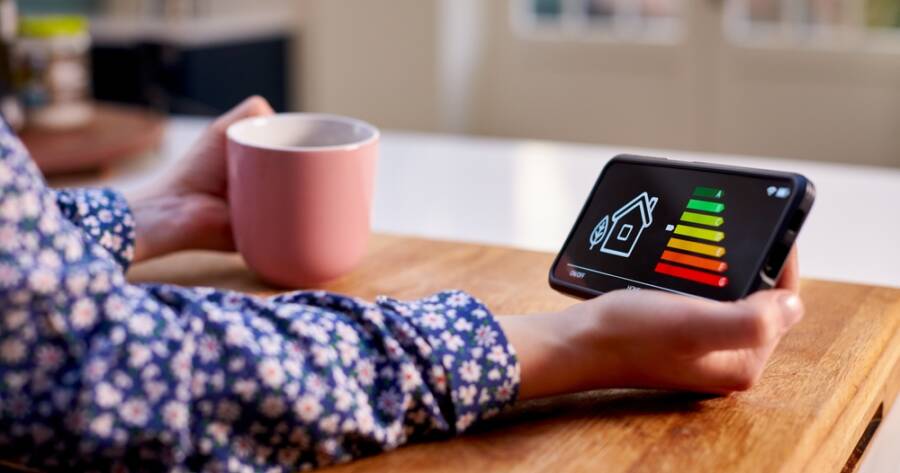As sustainability goals become more urgent across the European Union, individuals and households are seeking smarter ways to manage their energy use. While solar panels and efficient appliances play a role, digital tools are now stepping in to help people track, plan, and reduce energy in everyday life. Energy budgeting apps are among the most accessible solutions. They empower users to set goals, monitor usage, and make better choices — all from their phone or computer, in line with the EU’s climate ambitions.
What Energy Budgeting Apps Do — and Why They Matter
Energy budgeting apps collect and interpret your household’s energy consumption data. Whether connected to a smart meter, Wi-Fi plug, or input manually, these tools help you understand how much electricity, gas, or water you use — and when.
They’re not just about monitoring. The best apps also help you:
- Set monthly consumption targets
- Track carbon emissions
- Receive real-time alerts for high usage
- Automate devices to reduce waste
- Compare usage to regional or national averages
This visibility turns abstract energy bills into actionable insights. And in a region as climate-conscious as the EU, these tools also support national and local efforts to lower emissions and meet the 2030 energy efficiency targets.
Top Energy Budgeting Apps Popular in the EU
Several well-designed apps stand out in 2025 for their performance, features, and alignment with EU sustainability goals:
1. Wattson
Wattson is a Europe-based app designed for users with smart meters. It provides live tracking of electricity and gas usage, sets daily or weekly targets, and estimates carbon output. Users can also receive behavior-based suggestions, such as shifting appliance use to off-peak hours. It’s particularly popular in Germany, France, and the Netherlands.
2. Smappee
Belgium’s Smappee integrates with smart plugs and home energy management systems to deliver device-level monitoring. It’s ideal for homes with solar panels or EV chargers, allowing users to prioritize when and how energy is consumed or stored. The app also offers insights into standby losses and phantom power drains.
3. Loop
Loop is gaining traction in the UK and beyond for its clean interface and renewable energy tracking features. The app links with smart meters and offers monthly reports on energy usage, efficiency scores, and sustainability progress. Loop also lets users test how adding solar panels or insulation would impact long-term consumption.
These apps help users bridge the gap between daily habits and larger sustainability targets. Some even integrate with the EU’s Eco-design and Energy Labelling regulations to provide context for appliance usage.
Linking Personal Goals to EU Climate Objectives
One of the major benefits of these apps is their ability to tie personal behavior to wider environmental impact. Apps like Wattson and Loop include carbon tracking features, showing users how their choices — like reducing heating by one degree or running appliances off-peak — contribute to national emission reductions.
Some platforms offer tips based on your country’s energy mix. For example, if your grid is coal-heavy at night, the app may suggest charging your EV or running laundry mid-morning instead. These types of features help users make informed decisions in real time.
Additionally, several apps offer Green Energy Scores, nudging users toward better behaviors without guilt or complex calculations.
Energy Savings with a Financial Bonus
While sustainability is the goal, saving money is often the incentive. Apps like Smappee and MyEnergy help users adjust their usage to take advantage of dynamic tariffs, if available. Others, like Wattson, offer budget alerts or push notifications when spending is projected to exceed the monthly target.
Over time, this leads to significant reductions in both cost and consumption — especially in homes with electric heating, EVs, or multiple high-draw appliances.
Energy Awareness, One App at a Time
Energy budgeting apps are proving to be powerful tools for sustainability in practice. They transform vague intentions into measurable actions — and align households with EU-wide climate targets. With a wide range of options now available, from beginner-friendly apps like Loop to advanced platforms like Home Assistant, there’s a tool for every kind of user.
As more Europeans seek to live responsibly and affordably, these apps offer a smart, accessible way to take control — proving that sometimes, the most powerful climate tools fit right in your pocket.

